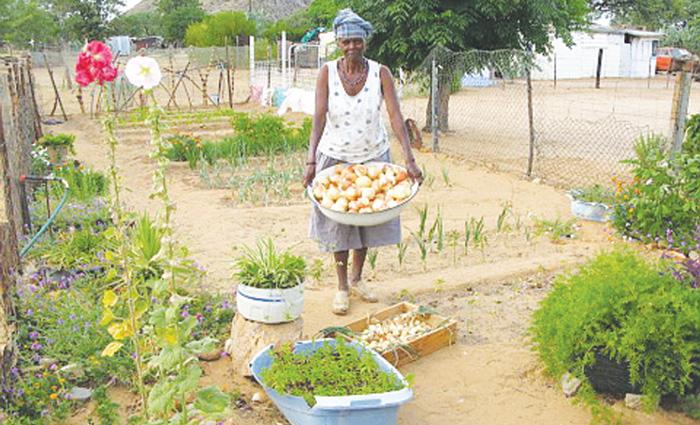
Development goals need reinforcement

Launched late September 2015 in New York, the Africa Millennium Development Gap Report 2015 assessed the continent’s progress to achieve the Millennium Development Goals (MDGs). It highlighted good practices and policies to support the new Sustainable Development Goals (SDGs) over the next 15 years.
For all this progress, however, sub-Saharan Africa fell far short of halving the proportion of people living in poverty and the proportion of those suffering from hunger — the two targets that would have indicated that extreme hunger and poverty were being eradicated.
In 1990 just over five out of every ten people (56.5%) in the continent were living in poverty.
Twenty years later that proportion was estimated at about 48.4%. This translates to a 14% reduction, but to achieve the target the reduction should have been at least 28.3% — half the 1990 levels. Moreover, poverty levels increased in five of the 30 African countries assessed.
Growth not strong enough
Steady economic growth in the region and specific poverty reduction strategies are credited for most of the progress across the continent. Ethiopia appears to be a good example of when concerted and deliberate policies supported by economic growth can have an impact on poverty levels.
By 2011, poverty levels in Ethiopia had fallen from 44% to 30% in just over a decade, with the main driver of poverty reduction being sustained agricultural growth. Authorities created the Agriculture Transformation Agency and staffed it with highly trained people who act as problem solvers in transforming the agricultural sector, Haddis Taddesse, the Bill & Melinda Gates Foundation’s representative in Ethiopia, told Africa Renewal. The country “has consistently allocated 10-17 % of its budget to agriculture.”
While sub-Saharan Africa’s economic expansion has been remarkable over the last two decades and has contributed to alleviating poverty, growth levels were not enough to engineer structural economic transformation, as periodic assessment reports on MDGs progress have consistently pointed out. Although unemployment remained stable at around 7.5% in 2012, this number, according to the International Labour Organization, gave no indication of the great proportion of workers (77%) in vulnerable employment, or the large share of those involved in subsistence agriculture.
While progress was modest in a majority of countries, Kenya and Nigeria experienced a rise in poverty levels, as did the Central African Republic, Mauritania, and Zambia.
Having Nigeria and Kenya, with their overall relatively well-performing economies, at the bottom of the list for poverty reduction illustrates the challenges faced by many African countries. Population growth, unstable commodity prices, natural disasters, including droughts leading to failed crops and persistent conflicts causing massive displacement are some of the main causes of the underperformance in Africa, the report said.










































